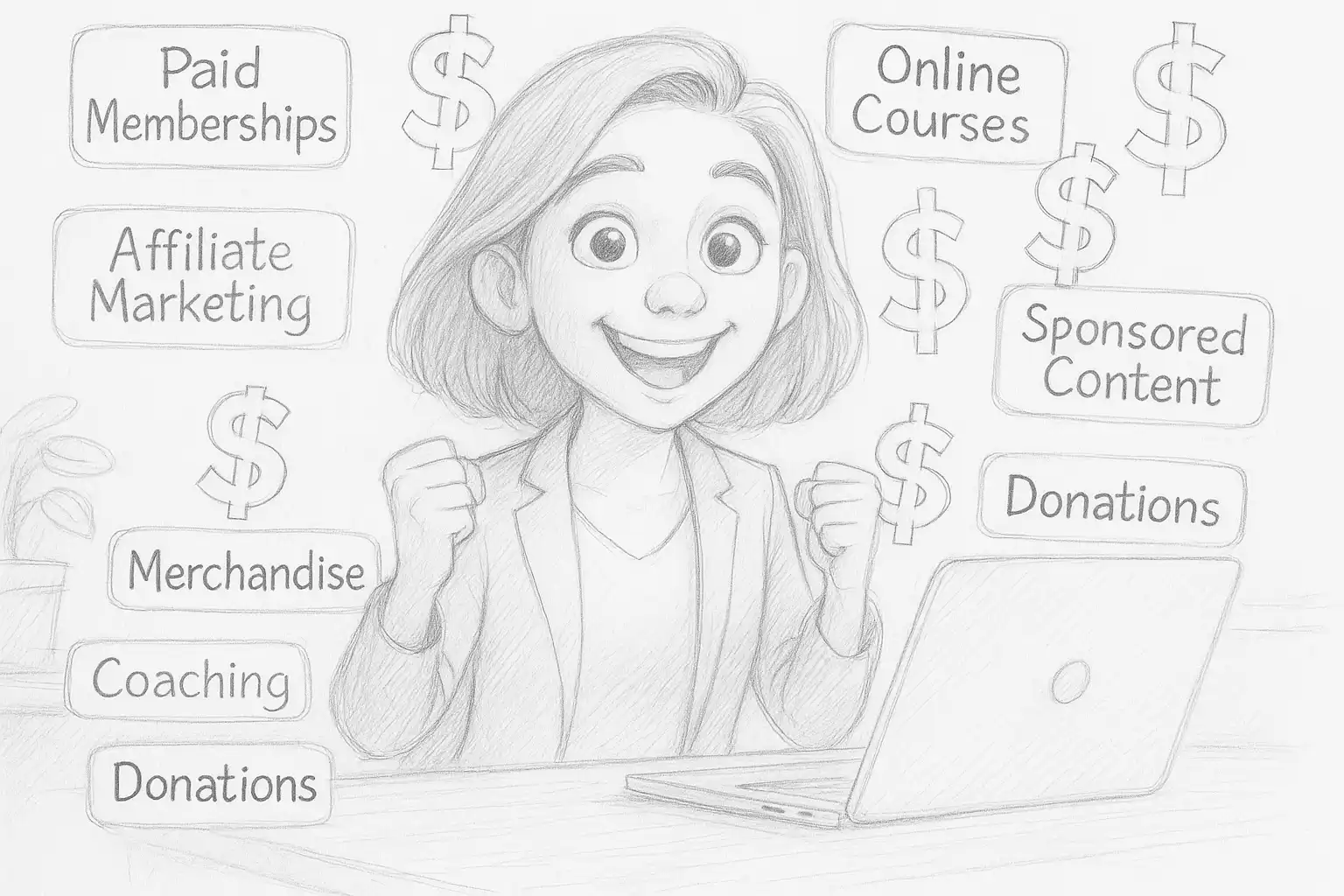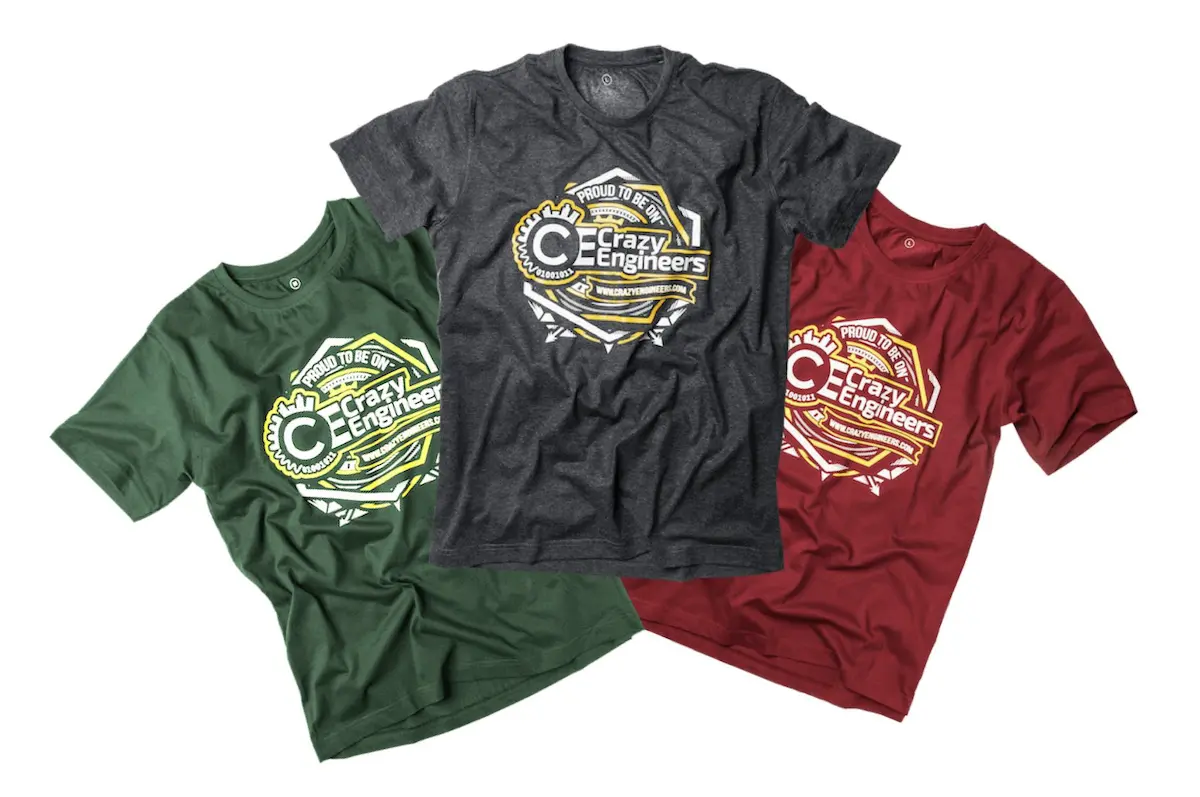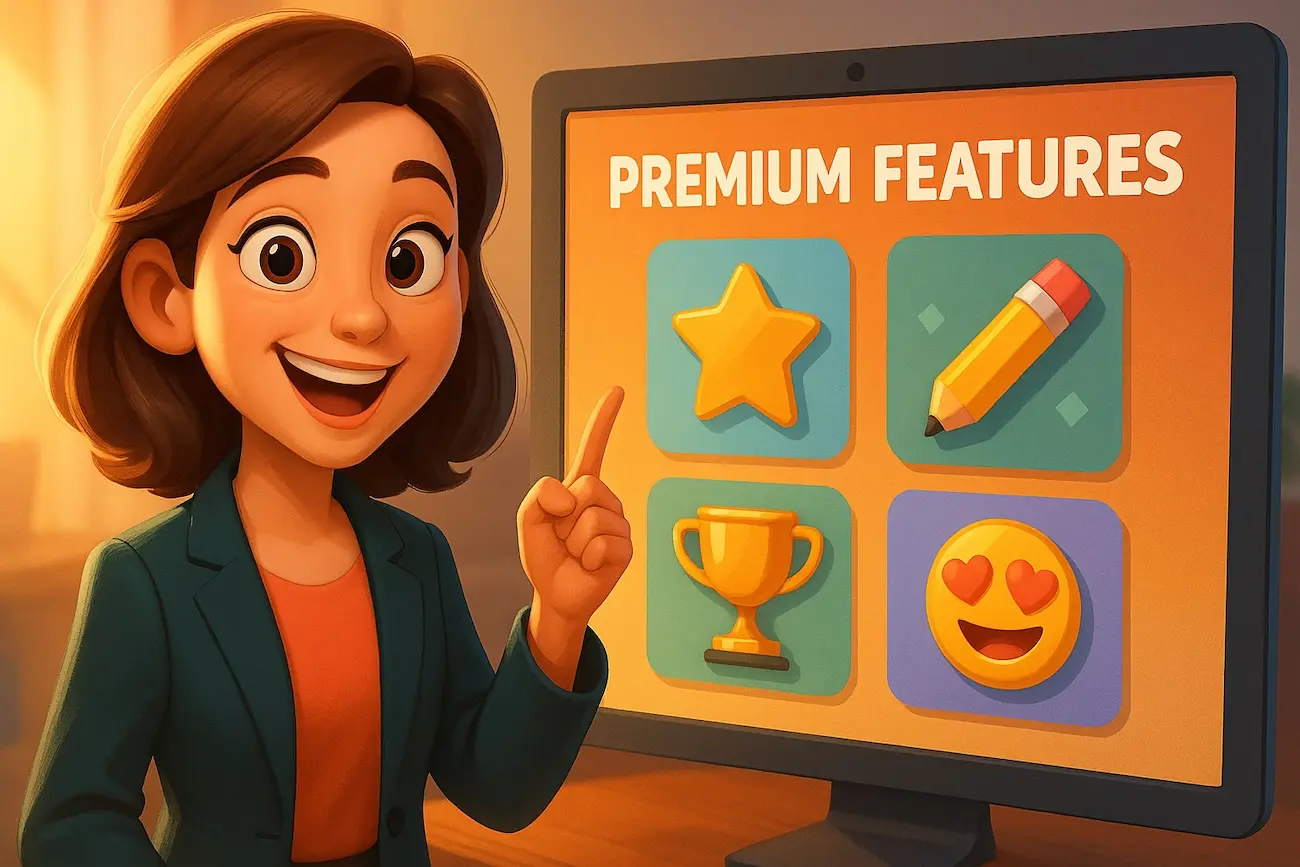25 Proven Community Monetization Strategies: Going Beyond Paid Memberships

If you thought launching paid memberships is the only way you can make money with your online community, hold your horse!
In this article, you’ll learn not 1, but 25 smart ways to make money with your online community. We’ll discuss pros and cons of each monetization technique.
TL;DR: How to Monetize Your Online Community
Here’s a list of ways your community can make money:
Paid Memberships
Sponsored Content
Affiliate Marketing
Digital Products
Events and Webinars
Advertising
Merchandise Sales
Crowdfunding / Donations
Marketplace
Premium Features
Job Board
Paid Directories
Consulting
Exclusive Community Access
Sponsored Newsletters
Content Licensing
App / Software Tools
Courses and Workshops
Podcast
White-labeling
Virtual Summits
Selling Market Data
Group Coaching
Paid Challenges
Corporate Sponsorships
That’s a lot to digest. Don’t worry, we’ll help you pick the one that can work for your community.
1. Paid Memberships
This is the most popular way to monetize a community. Charge a monthly or annual fee to your members to retain access to the community.
Private communities employ this technique to restrict access to their community and make them exclusive.
Pros:
Predictable monthly income
Higher perceived value by members
Cons:
Potential barrier to entry for new members
Risk of lower engagement, if content is not exclusive
Closed Community / No Organic growth
2. Sponsored Content
Communities may charge brands to publish their content on the community. It helps the brands quickly get guaranteed viewership and get feedback with a limited, focused group of people.
The sponsored content may be in the form of a discussion OR an article. Advertisers like to include a follow link to their own website for SEO benefits.
Pros:
High revenue potential
Opportunity for brand collaboration
Cons:
Risk of diluting community authenticity
Sponsors may dictate content
Linking to low-authority sites
3. Affiliate Marketing
This is a very popular monetization technique with content websites. In affiliate marketing, community can earn commissions by promoting other company’s product or service.
For example, if you are an engineers community, you may promote technology products using Amazon Affiliate Program. Here’s how it works:
An affiliate link is placed strategically within the content or at prominent location on the community.
Community members click on the link and go to Amazon to make a purchase.
Amazon sends you commission (~ 2% - 20% ) for each sale that you make.
Pros:
Passive income opportunity
Low effort / low overhead costs
Cons:
Members may question your authenticity
Earnings can fluctuate
4. Selling Digital Products
Selling digital products through your community is a very popular monetization technique. You can strategically advertise the products you are selling within your community.
At CrazyEngineers, we sold C and Java Programming digital courses to our engineers community. It worked very well because these programming courses were in high-demand by our engineering audience.
Pros:
High profit margin
Scalable with minimal overhead
Cons:
High effort
Possible issues with piracy
5. Events and Webinars
When you have a thriving community; this is a ‘must-have’ monetization technique. Organise paid online / offline events or webinars for your members.
Create a poll about topics your audience is most interested in and make a list of events or webinars you can plan around these. You may even bring an industry expert to conduct the webinar.
The money is no bar if you can create enough value. We have conducted webinars where members paid between $20 - $399 to attend hour-long webinar.
Pros:
High engagement and networking opportunities
Ability to charge premium pricing
Cons:
Requires detailed planning and logistics
Attendance rates can vary significantly
6. Advertising
Advertising is probably is the easiest way to monetize your community. There are several ways to do this; but the most popular is Google Adsense program.
With Adsense, you can simply insert a code-snippet in the HTML of your website; and Google will do the rest. Google will identify the right ads to show on your community.
As community owner, you’ll get paid for every 1000 views or clicks on your ads. The CPM (Cost per 1000 impressions) and the CPC (Cost per Click) rates depend upon several factors. However, this is very easy to implement and highly recommended if your community attracts a lot of organic traffic.
Pros:
Steady passive income
Easy / low-effort implementation
Cons:
Can impact user experience
Requires high-traffic volume for profitability
7. Merchandise Sales
Selling community-branded merchandise can bring lot of revenue from your community. Think t-shirts, mugs, stickers, notebooks, hoodies, caps - anything that goes with the theme of your community.
At CrazyEngineers, we had created our own branded t-shirts that sold like a hot-cake! Our members loved wearing these t-shirts and poudly promoted CrazyEngineers in their schools, colleges and offices.

Pros:
Strengthens brand identity
Turns members into promoters
Cons:
Requires inventory management
High operational overhead
Sizing and shipping challenges
8. Crowdfunding and Donations
This one is tricky, but has a potential to generate revenue to support your community growth. If your community creates real value (and it should!), people will love to support you through crowdfunding campaigns and donations.
You can use platforms like Buy Me a Coffee, Ko-fi or Patreon to collect donations or monthly support from your members. Be honest and transparent about where the money goes.
This works really well for niche communities, creators and open-source communities.
Pros:
No paywall. Community stays open
Builds a stronger sense of belonging
Low effort setup
Cons:
Revenue is not predictable
Requires ongoing engagement to keep supporters interested
May not be an optimal model for large communities
9. Marketplace
Building a marketplace of buyers and sellers in your community can be a great way to make money from your community. Allow your members to list products, services or digital goods and take a small commission on every transaction.
Alternatively, you can keep the marketplace free of commissions and simply charge the sellers to promote their listing.
Dedicate a section on your website to for buying and selling. You may use ‘pinned-post’ or ‘sticky-post’ feature to promote a product or seller for a limited time.
Pros:
Scalable revenue stream
Boosts engagement between members
Cons:
Requires heavy moderation
Disputes and failed transactions can harm trust
10. Premium Features
Offering premium features for a fee is a great, low-effort community monetization technique. Be sure to keep the core experience free, but paid features to enhance the overall experience.
 For example, a paid member can get more storage on your community, get access to special sections on your community. It could be as simple as access to a few special emojis!
For example, a paid member can get more storage on your community, get access to special sections on your community. It could be as simple as access to a few special emojis!
Pros:
Doesn’t block access to the community
Encourages micro-transactions
Low-effort
Cons:
Can feel gimmicky, if not done right
Members may not like paying for small enhancements
This article is in progress…